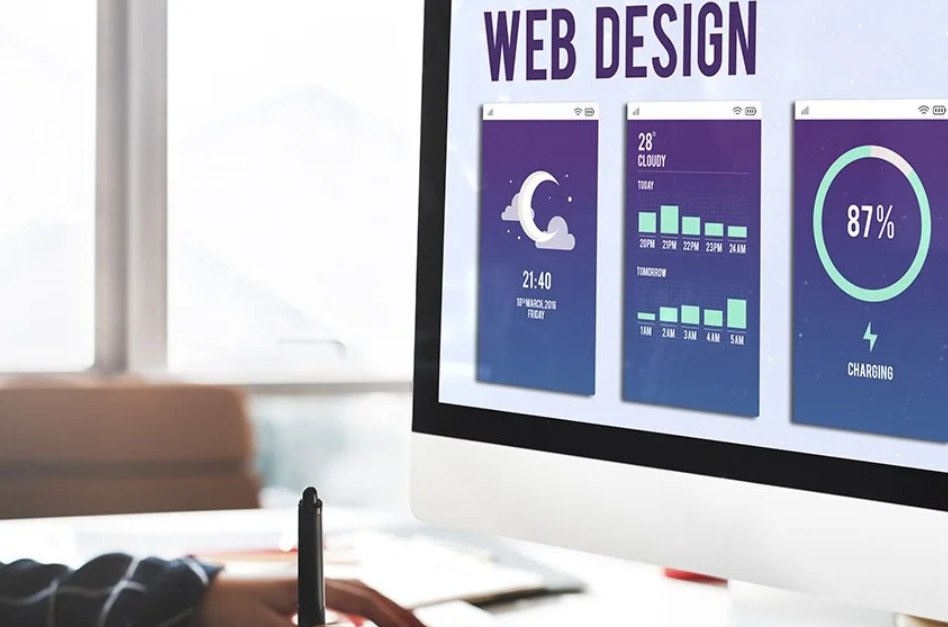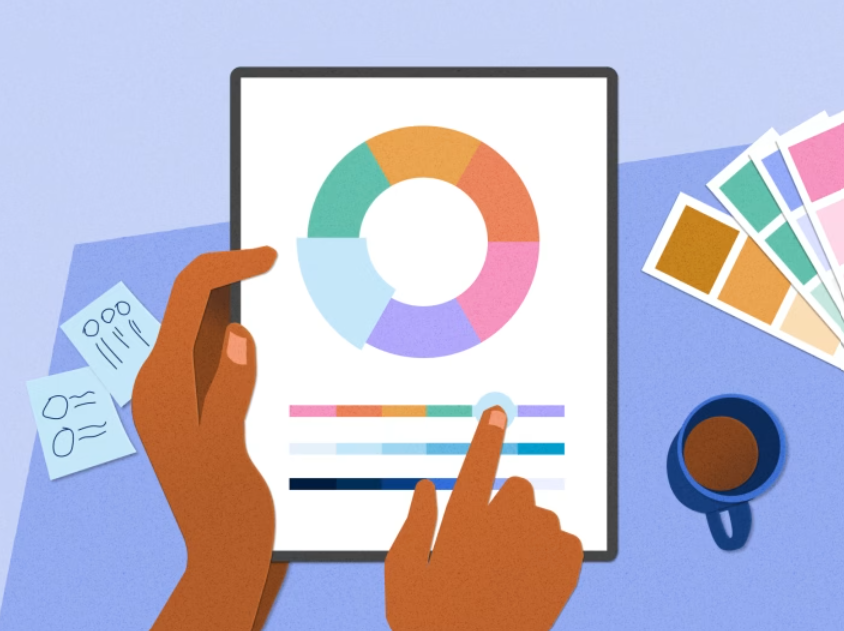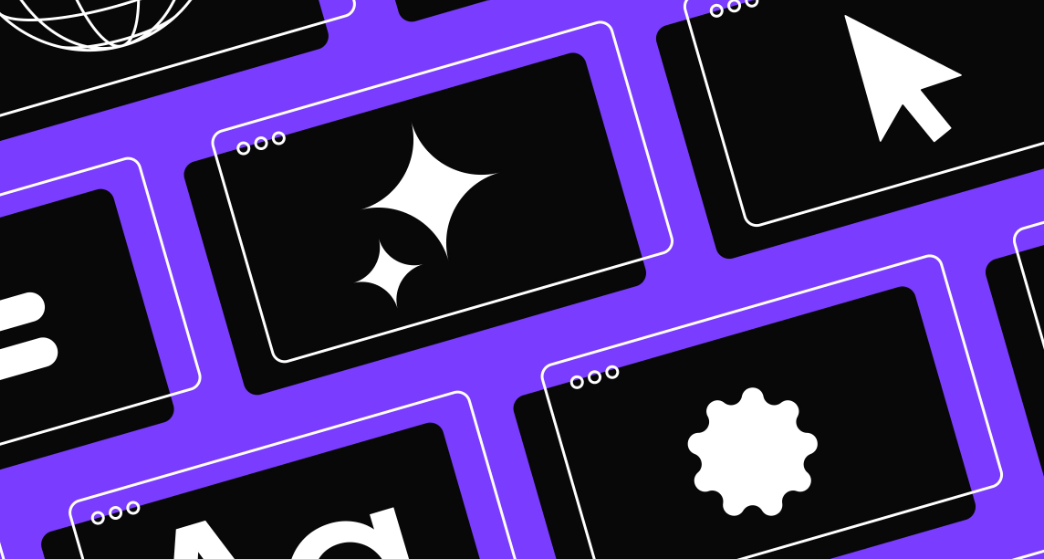Are you thinking of getting into the field of web design? However, you are not aware of how to start. Look no further! With the help of this inside guide, you will learn everything you need to know to begin web designing, and that will include the basics of design fundamentals, the effective ways of doing it, and the tools and technologies that power modern web design. If you are a novice seeking tips on how to get started or a completely experienced designer planning to move one step further, this article has got your back.
Understanding the Basics of Web Designing
At the core of web designing is the ability to blend aesthetics with functionality, creating spaces online that are both appealing and easy to navigate. The range of skills covered in this discipline varies from knowledge of graphic design fundamentals to the depth of HTML, CSS, and JavaScript coding.
What comes first is the user experience (UX) design and it is based on the principle that the website must be intuitive and accessible for all users. Learning web design doesn’t only involve comprehending the basic concepts but also getting acquainted with different software and tools that are responsible for bringing a design creator’s imagination to life on a digital canvas. Besides, a gifted web designer should find the balance between static and dynamic design components, and integrate interactive features without those weighing the site down or affecting stability.
The web design art is to create an engaging website that manages to keep technically robust inner workings. From this, a solid foundation and a whole new spectrum of sophisticated design issues are illustrated where beauty, usefulness, and functionality are consistently achieved. As we discover the details of web designing, we have to admit that the field is a result of creative imagination and technical skills, which always follow the changing trends in the digital world.
The Essential Elements of Effective Web Design
Crafting a website that captivates and retains visitors demands more than aesthetic appeal. It includes putting together basic blocks which are all together helpful in completing the customer’s journey. Effective web design is built upon a navigation system that is easy to use.
A simple and convenient menu allows users to quickly determine what information they want and avoids frustration, which thus ultimately leads to higher engagement and satisfaction. Equally critical is ensuring your website is responsive, adapting flawlessly to various devices and screen sizes. This adaptability guarantees a cohesive experience for all users, regardless of how they access your site.
Speed is another vital component; a fast-loading website keeps users interested and reduces bounce rates. In the present digital era where people are seeking quick information, the need to optimize page speed has risen to the top. Furthermore, the quality of content is constituent. Interesting, spot-on content that is easy to navigate and offers a great journey helping educate consumers about a product or service makes it a key contributor to customer experience.
Ultimately, the use of elements that will support the main tone without hindering it is important so that your site will not be just an informative site but one that is equally visually appealing. This balancing between form and function, speed, along visual appearance is the key to a successful website in our era of online activity. Through looking at the core ideas, the designers can design websites that are both attractive functional, and easy to use.
Navigating the Web Design Process: A Step-by-Step Guide
Going through the web design path, thorough planning is necessary to be able to build a well-performing website. In this stage the creative designer will need to find out about the client’s objectives such as identifying the client’s goals, target audience, and the overall purpose of the site, keeping in mind every design decision that corresponds with these goals.
The planning stage comes next, in which the design development phase comes through, where concepts and visual elements will be created. At this point, designers look through the color schemes, typography, and layout structures to get the potential UI (User Interface) using wireframes and setting up the layout.
Design is brought to life in this stage using coding and HTML, CSS, and JavaScript to create our own website for functioning. This stage is very functional and is by all means necessary as the developers are required to employ responsive design methods that are useful across different devices and platforms.
Testing is the reverse side of the coin; it is a must, a step that requires digging into the root cause of any technical problem and fixing it on the spot. What should be done is the following; checking for mobile compatibility, looking at browser consistency and the site loading speeds just to ensure that the website offers the optimal user experience.
The last one in the web design process is the launching time when the site moves on to the public live. On the other hand, more work still needs to be done. This includes regular monitoring and updating to keep the site up to date and to provide good performance, not only but also engaging the users’ feedback to continuously improve the website and the adaptation to the current web standards and trends. This evolvement allows one to continuously make the site more effective and enjoyable as time progresses.
The Role of Responsive Design in a Mobile-First World
In today’s digitally-driven society, the importance of responsive design in web creation cannot be overstated. As the majority of internet traffic now originates from mobile devices, adopting a mobile-first approach has shifted from a forward-thinking strategy to a fundamental necessity.
Responsive design techniques allow for a website’s layout to change and adapt to the size of the screen fluidly it’s being viewed. This ensures that whether a user accesses a site from a smartphone, tablet, or desktop computer, the experience is uniformly efficient and enjoyable. This adaptive approach does not only bring up the user satisfaction indicators but also helps to achieve better rankings in the search engines, as they prefer mobile-friendly websites.
The combination of elastic grids, pictures, and CSS media queries serve as methods for the more efficient practical implementation of responsive design in web design. Such a technical strategic plan of the website plays a very important role in the user’s environment and providing the user with the best viewing experience throughout its interface.
Facing the challenges of the mobile-first era for designers to create preference articles by responsive design, they reach the goal of accessibility, interactivity, and competence in the global digital environment.
Tools and Technologies Powering Modern Web Design
The capabilities of web design today are not only enhanced by complex technologies and tools but also enable designers to come up with interesting, visually appealing sites. They include content management systems (CMS) such as WordPress, Drupal, and Joomla that insistently help in the website development process by letting designers manage content efficiently due to which they are not supposed to have any deep coding knowledge.
Nevertheless, design software from Adobe, Sketch, and Figma such as Adobe XD, Sketch, and Figma have comprehensive performance platforms that provide the ability for precision to build user interfaces and offer real-time workflow collaboration features. For those delving into the coding aspect, integrated development environments (IDEs) like Visual Studio Code and Sublime Text enhance productivity with advanced code editing and debugging features.
Along with this, front-end frameworks such as Bootstrap and Foundation have greatly enhanced the use of responsive design through pre-made, device-agnostic components that can be used for developing responsive websites. The growth of cloud hosting services and scripting languages also has a great impact on web design, enabling scalable source and global delivery networks, therefore, refining the performance of the website.
Designers thus get the benefit from these tools and technologies to deal with the complexities of web design quicker and easier, which, in turn, is the way they can implement their creative ideas into unique functional, and appealing web experiences.
Exploring Advanced Web Design Techniques and Trends
Digital landscape is at its move state thus calling for web designers to get ahead with every technique and trend that is impending. Innovative solutions like combining AI for custom user experiences, VR for creating VR places, and VUI for unoccupied navigation are the most technical innovations right now in the web design field.
AR is also becoming more and more popular, and great fans of which is the fact that users can interact with the contents of the web in a new and intriguing way. Also, users witness the verge of minimalistic designs that show the role of simplicity to make the website as simple as possible and yet as beautiful as ever before.
Progressive web apps (PWAs) blur the line between web pages and mobile applications, offering users a seamless, app-like experience without the need for downloading. Besides this, fashioning a dark mode aesthetics provides to the user’s taste and convenience as it lowers eye strain and extends battery life on mobile screens.
Using these innovative approaches, designers can weave together websites that not only dazzle their audiences but also take a step ahead and embrace the changing tastes and wants of the era in which we are living – an era that progresses at a rocket speed and is governed by technology.
Tips for Becoming a Successful Web Designer
To be successful in web designing, it is essential to have a bled of technical skills and inventive thinking. Learning to have a keen eye for current design trends and an up-to-date knowledge of technological innovations is important because of the fast-moving nature of the fashion industry.
Embrace a learner’s mentality; immerse yourself in online courses, tutorials, and coding boot camps to refine your skills in UX/UI design, coding, and graphic design software. Collaboration and communication are key—actively engage in design communities online, participate in forums, and share your work for feedback. This helps to increase your horizon of view and strengthen linkages for future cooperation and work opportunities.
Creating a detailed portfolio with an assortment of your work samples exhibiting different models and mediums will just be a testimony to your proficiency and versatility. Remember, be resilient and be adaptive. They are your greatest friends. The road to success as a leading web designer includes a never-ending process of learning, facing up to new obstacles, and daring to try what may seem to be incredible in terms of creative and technical execution.


